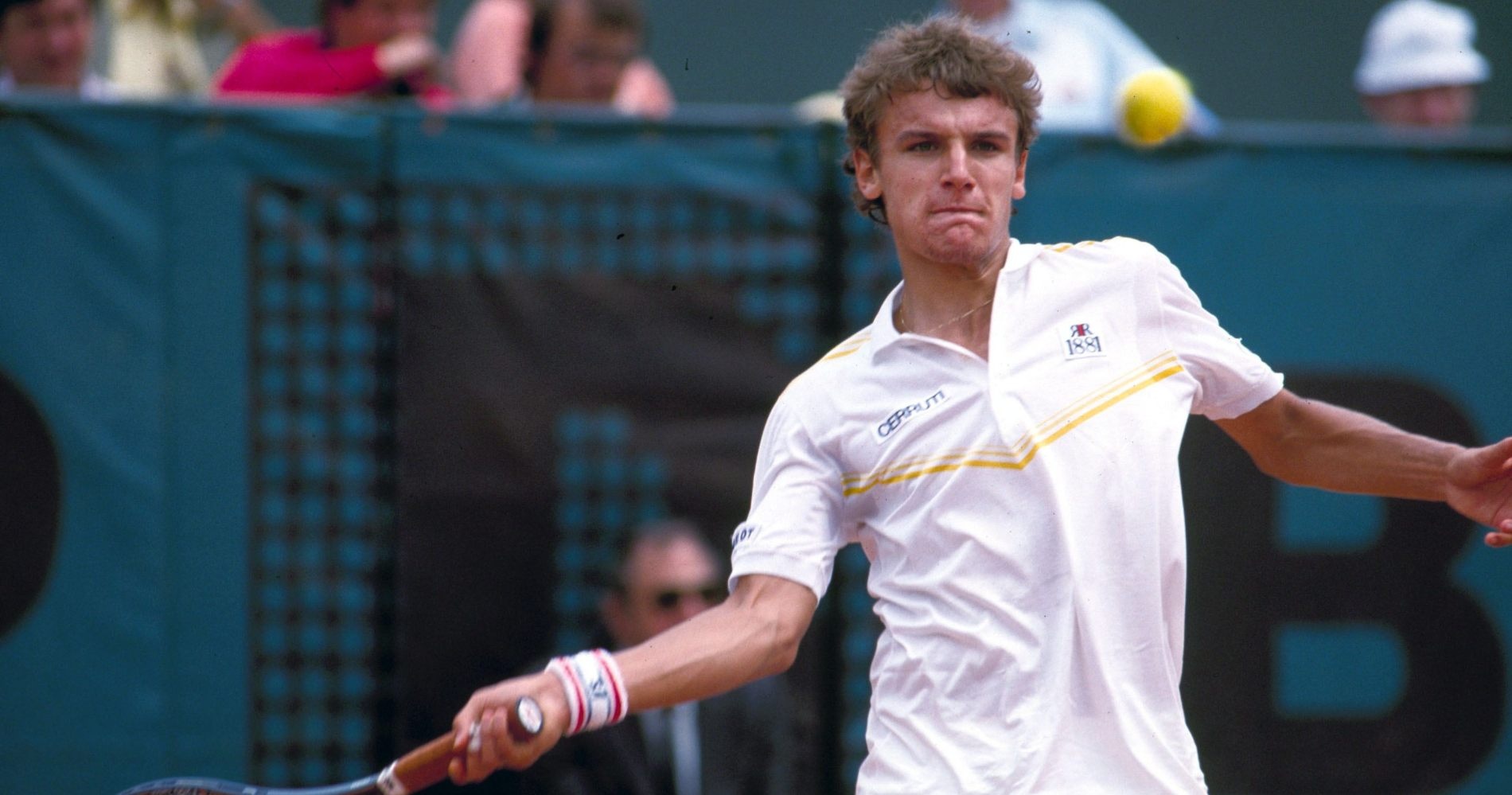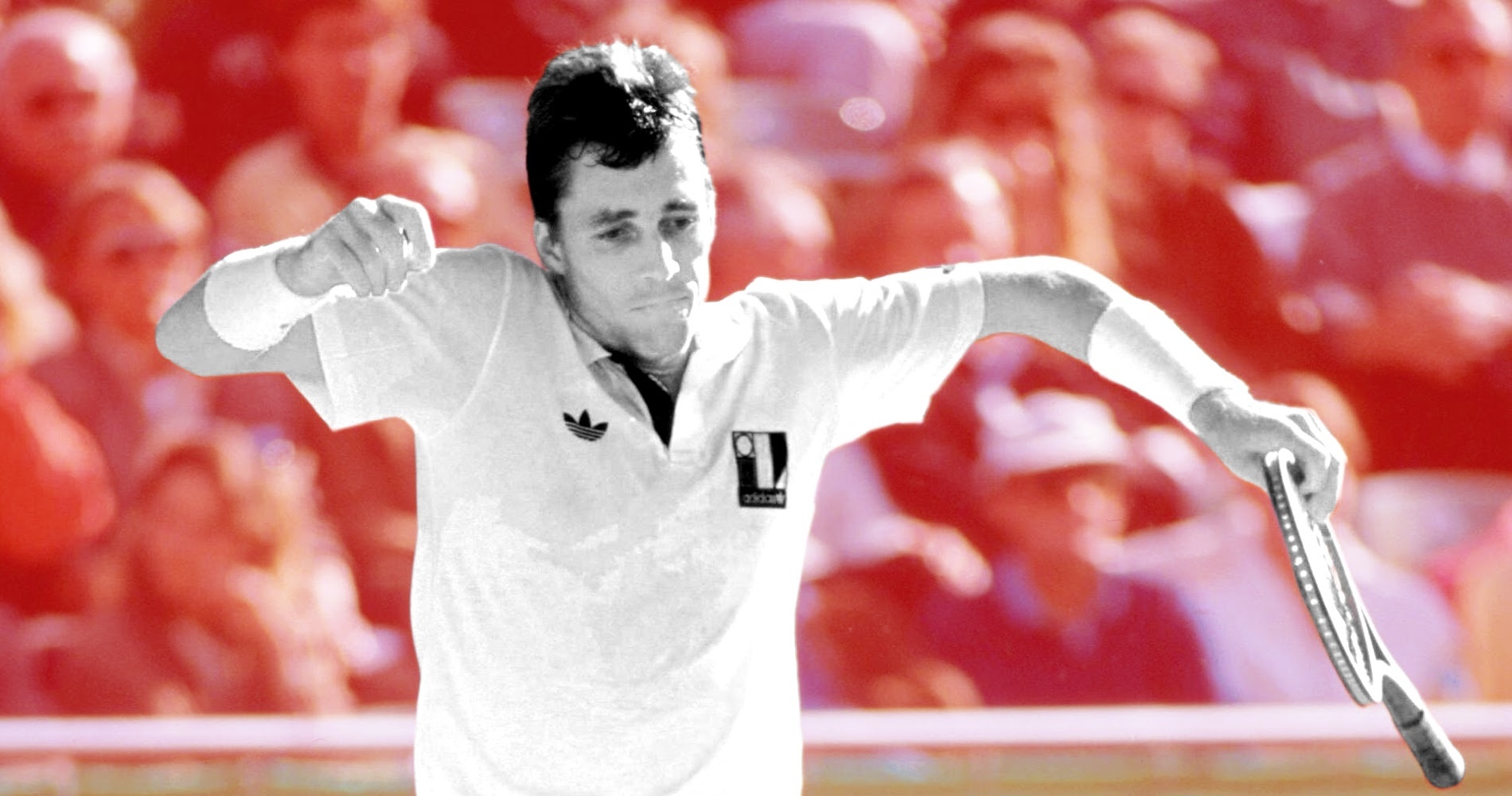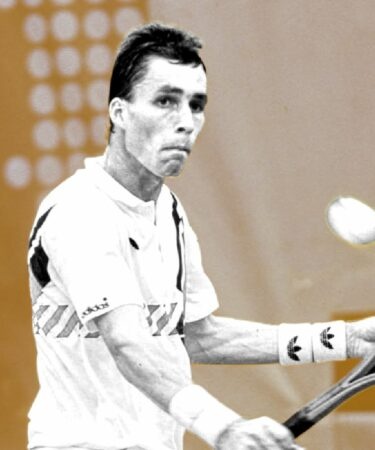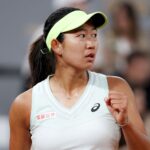December 11, 1983: The day clay-court star Wilander won the Australian Open on grass
On this day, December 11, 1983, Mats Wilander triumphed on the Australian Open grass to defeating Ivan Lendl in the final. much to everyone’s surprise
 Mats Wilander On this day 11.12.2020
Mats Wilander On this day 11.12.2020
What exactly happened on that day?
On this day, December 11, 1983, Mats Wilander, who was known as a clay-court specialist, triumphed on the grass courts of the Australian Open to everyone’s surprise, defeating Ivan Lendl in the final (6-1, 6-4, 6-4). The Swede had participated in the event mainly to prepare for the Davis Cup, which was also going to be held at Kooyong a few weeks later. The 1983 Australian Open, with the presence of great players such as Wilander, Lendl and John McEnroe, marked the beginning of the revival of the tournament as a major tennis event.
The players involved: Mats Wilander and Ivan Lendl
- Mats Wilander: Swedish sensation
Mats Wilander, born in 1964, had been very successful at a particularly young age, claiming several major titles in junior events. In 1982, aged just 17 years and 10 months, he became the youngest male player ever to win a Grand Slam singles title, beating clay court legend Guillermo Vilas in the final at Roland-Garros (1-6, 7-6, 6-0, 6-4). He also made himself famous for a memorable act of sportsmanship earlier in the tournament. In the semi-final against Jose-Luis Clerc, on his first match point, he reversed a call that would have sealed his victory after the umpire had already announced “game, set and match.”
In 1982, in a Davis Cup quarter-final, he played the longest match of the Open Era at the time, losing to John McEnroe after six hours and 22 minutes (9-7, 6-2, 15-17, 3-6, 8-6). In 1983, his bid to defend the French Open title ended in the final, where he was defeated by Frenchman Yannick Noah (6-2, 7-5, 7-6). Wilander was extremely consistent, and his physical condition was not to be challenged, making him a dangerous clay-court specialist, but so far, he obtained limited results on faster surfaces.

- Ivan Lendl: Czech trailblazer chasing first Grand Slam
Born in 1960, Ivan Lendl set new standards from the baseline, with a very powerful topspin forehand that allowed him to play aggressively while staying extremely consistent, pushing his opponents into a very tough physical battle. He also set new standards in work ethic, practicing more than anyone before, paying attention to his fitness and to his diet in a way which tennis players were not used to. After turning professional in 1978, he stood as one of the four best players in the world since 1980, along with Bjorn Borg, John McEnroe and Jimmy Connors.
Although he had already won 39 ATP tournaments, including the Grand Prix Masters in 1981 (defeating Vitas Gerulaitis, 6-7, 2-6, 7-6, 6-2, 6-4), Lendl had never won a Grand Slam title. In fact, he had already been defeated thee times in Grand Slam finals, once at Roland-Garros (in 1981, defeated by Borg, 6-1, 4-6, 6-2, 3-6, 6-1) and twice at the US Open (beaten by Jimmy Connors in 1982 and 1983). Despite this gap in his achievements, he had spent 11 weeks as world No 1 in 1983, but was replaced by Jimmy Connors in May.

The place: Australian Open, Melbourne
Unlike the other Grand Slams, the Australian Open (first known as the Australasian Championships and, later, the Australian Championships) had moved through the years. In fact, the event switched cities every year before it settled in Melbourne in 1972, and no less than five Australian cities had hosted the event at least three times: Melbourne, Sydney, Adelaide, Brisbane and Perth. The event was held on grass at the Kooyong Stadium, in an affluent suburb of Melbourne.
The tournament’s timing had changed several times as well, between early December and January, going from being the first Grand Slam of the year to being the last. Until 1982, many of the top players skipped the Australian Open, because of the travel, inconvenient dates (around Christmas and New Year’s Day) and the low prize money. But in 1983, the tournament had attracted three top players: Ivan Lendl, John McEnroe and Mats Wilander.
The facts: Wilander wins in straight sets
In the 1983 Australian Open final, the two players facing off had come to Melbourne with different mindsets. Ivan Lendl was chasing a first Grand Slam title and ranking points, while Mats Wilander had come to prepare for the Davis Cup final, which was to be played at the same location a few weeks later.
The Swede had won 10 of his 12 titles on clay. His best performance at Wimbledon was a fourth round appearance in 1982, and his lack of feeling for grass was probably the reason why he felt he had to specifically prepare for the Davis Cup final. Yet, as the rounds went by, Wilander got more and more comfortable with leaving his baseline and approaching the net. By the quarter-finals, when he defeated the two-time defending champion Johan Kriek, he was a different player, but that was not enough to make him the favourite for his semi-final against the best serve-and-volley player in the world, the two-time Wimbledon champion, John McEnroe. The Swede, however, surprised everyone, defeating the American in four sets (4-6, 6-3, 6-4, 6-3).
Two baseline specialists facing each other in the final of a grass-court Grand Slam tournament was very unusual. They produced more long rallies than the Australian crowd had ever seen, with 12 rallies exceeding 20 shots, and three rallies with even more than 40 shots. However, once again, Lendl was unable to produce his best tennis when it mattered the most. Wilander was more aggressive, hitting 32 winners to 24, and he was also more comfortable on his serve. The Swede prevailed in straight sets, 6-1, 6-4, 6-4.
Wilander was ready for the Davis Cup final against Australia. Lendl’s day of glory hadn’t come yet.
What next? WILANDER, LENDL WIN MORE SLAMS, HIT NO 1
Although Mats Wilander would defeat Pat Cash in the opening match of the Davis Cup final (6-3, 4-6, 9-7, 6-3), Joakim Nystrom would lose his two matches, while Anders Jarryd and Hans Simonsson would be defeated in the doubles. Sweden would have to wait one more year to claim its first Davis Cup, defeating the United States in the 1984 final. Wilander’s peak year would undoubtedly be 1988, when he would reach world No 1 after claiming three Grand Slam titles. In total, Wilander would seven Grand Slam singles titles, including the Australian Open three times. The only one missing from resume was Wimbledon, where he would never go past the quarter-finals.
In 1984, Ivan Lendl would finally triumph at Roland-Garros, defeating John McEnroe in an epic final where he would come back from two-sets-to-love down to lift his first Grand Slam trophy (3-6, 2-6, 6-4, 7-5, 7-5). He would then extend his domination on the tour, claiming eight Grand Slam titles in total, remaining on top of the ATP rankings for 157 consecutive weeks, missing Jimmy Connors’ then record of 160 by only three weeks. In total, Lendl would spend 270 weeks as world No 1, a record at the time. He would triumph twice at the Australian Open after the tournament moved to the hard courts of Flinders Park. But like Wilander, he would never win Wimbledon.











